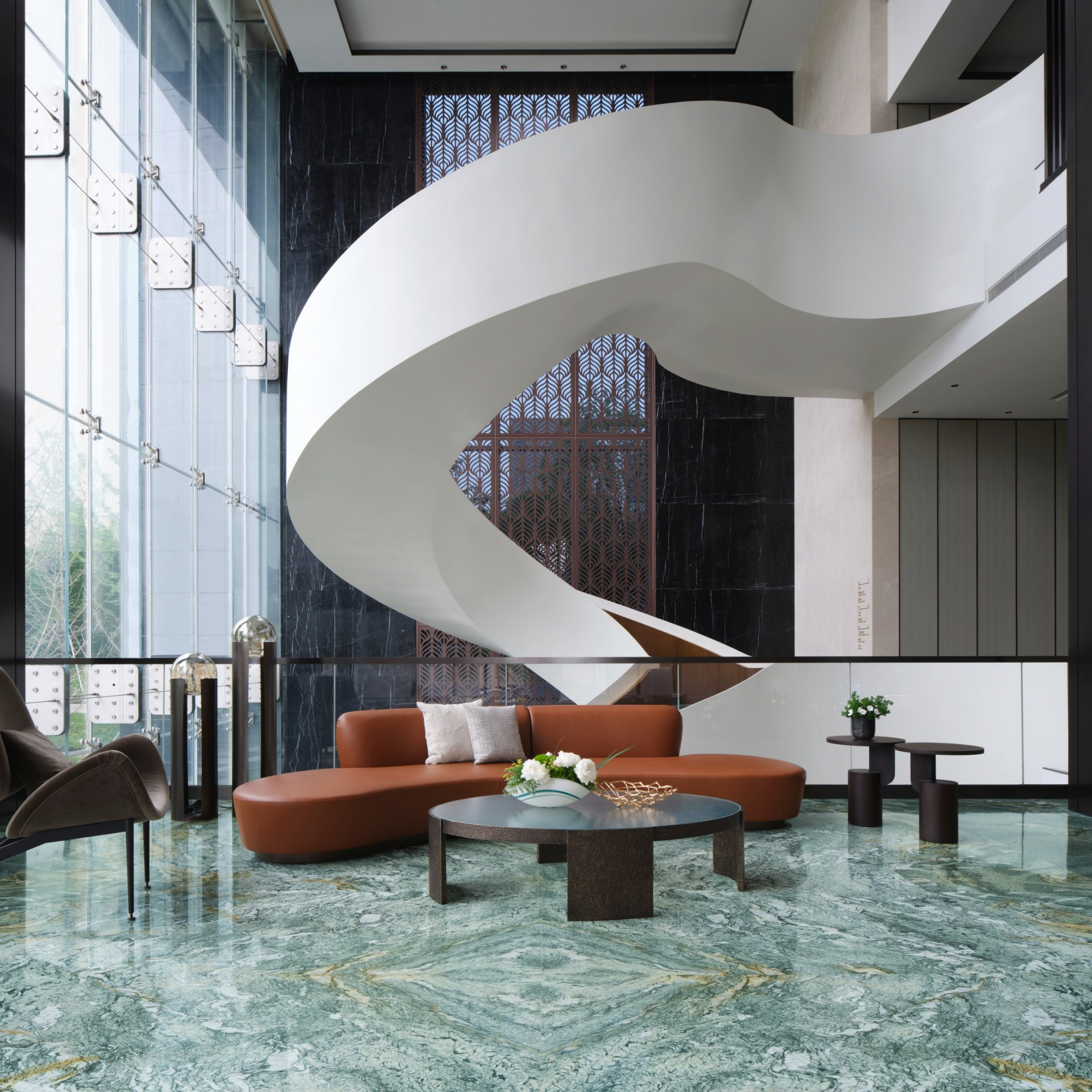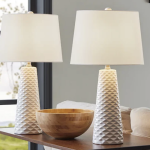
Introduction:
Bauhaus is an iconic design movement that originated in Germany in the early 20th century. It is known for its sleek and functional designs, which blend form and function. One of the most iconic Bauhaus designs is the lamp that bears its name. This article will delve into the history and design of the Bauhaus lamp, exploring how it has become a symbol of the Bauhaus movement.
The History of the Bauhaus Lamp:
The Bauhaus lamp, also known as the “Wagenfeld Lamp,” was designed by Wilhelm Wagenfeld in 1924 while he was a student at the Bauhaus School of Art and Design in Weimar. The Bauhaus school was founded by architect Walter Gropius, who sought to bring together artists, designers, and craftsmen to create functional and beautiful objects for everyday use.
The lamp was originally designed for use in student dorm rooms at the Bauhaus school, where it quickly became a hit among students and faculty alike. Its simple, clean lines and focused light made it a favorite among those who embraced the Bauhaus philosophy of “form follows function.”
The Design of the Bauhaus Lamp:
The Bauhaus lamp is a study in simplicity and elegance. It features a basic cylindrical shape with a clear glass shade and a round base. The lamp’s base is made from nickel-plated brass, while its shade is made of heat-resistant glass. The overall effect is one of understated elegance, with the focus on the light itself.
One of the most distinctive design features of the Bauhaus lamp is its use of a white fabric cord. This simple detail adds a touch of warmth to the lamp, which makes it feel more approachable and inviting.
The Functionality of the Bauhaus Lamp:
The Bauhaus lamp’s design is not simply about its appearance. It is also highly functional, with a focus on providing focused light for reading, studying, or working. The lamp’s shade is designed to direct light downward, which makes it perfect for use as a desk lamp or reading lamp.
In addition to its functionality, the Bauhaus lamp is also highly adaptable. Its simple design means that it can be incorporated into a wide range of interior design styles, from modern to traditional.
The Legacy of the Bauhaus Lamp:
The Bauhaus lamp has had a long and storied history since its creation in the 1920s. Its iconic design has made it a favorite among designers and artists for nearly a century, and it continues to be used in homes and offices around the world.
In addition to its popularity, the Bauhaus lamp has also had a significant impact on design as a whole. Its focus on simplicity and functionality has influenced countless designers and architects, and its influence can be seen in everything from furniture to buildings.







